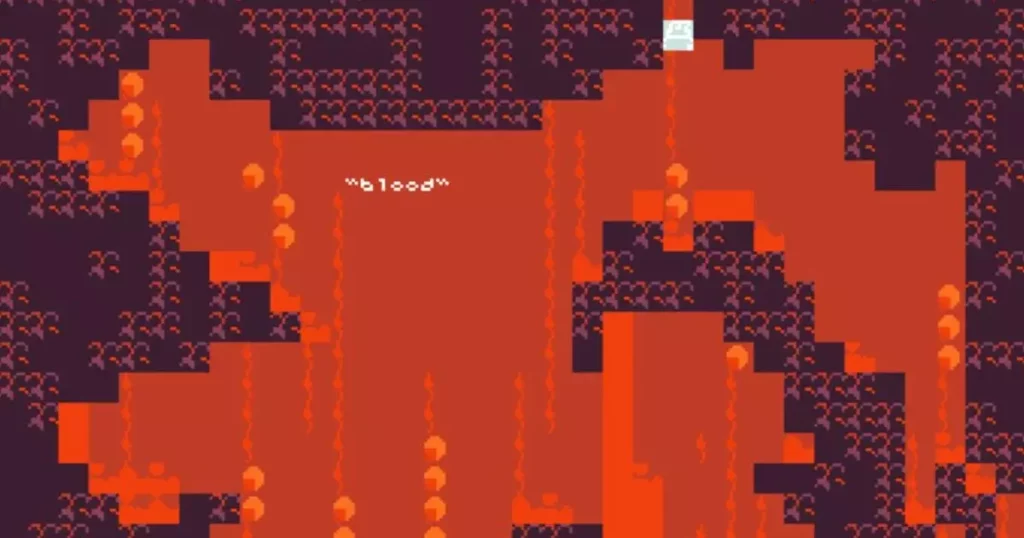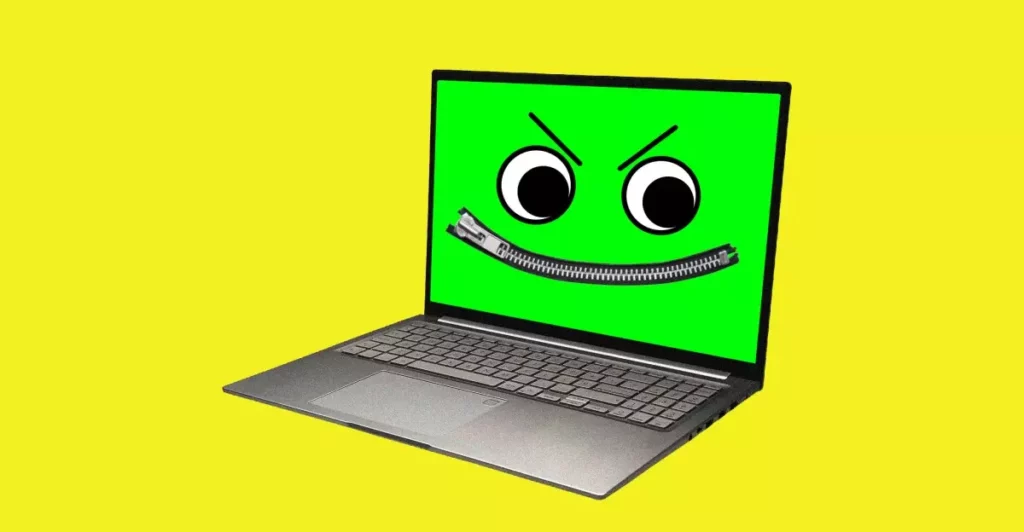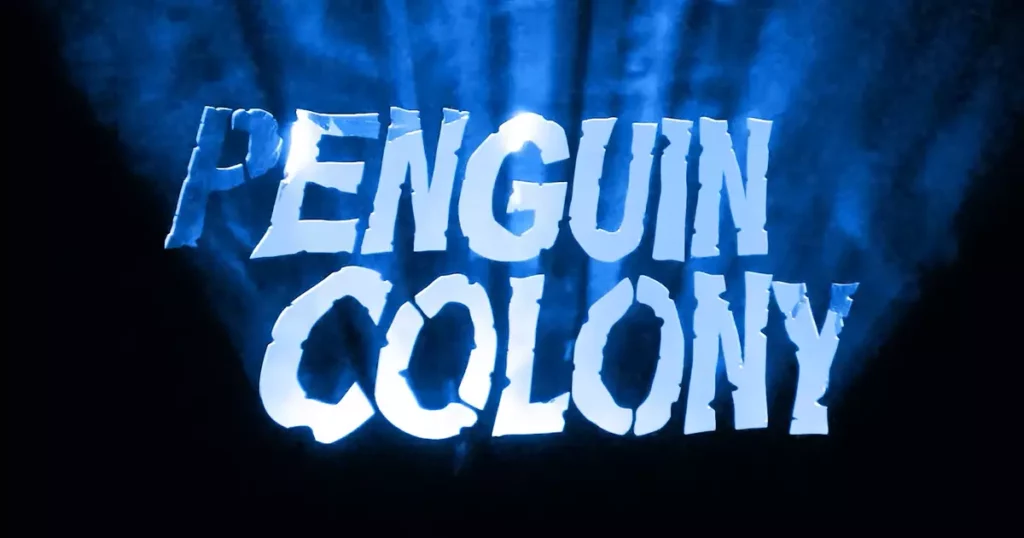In an industry flooded with sequels and formulaic structures, Droqen emerges as a provocateur with his announcement of The End Of Gameplay. This isn’t just a new game; it is a radical manifesto aimed at dismantling the very essence of gameplay itself. By declaring a desire to “kill gameplay,” Droqen challenges players to reconsider their preconceived notions of what defines an engaging gaming experience. This title seeks not just to disrupt, but to open up a world of uncharted possibilities, where the act of playing sheds the weight of conventional gameplay. With a perspective that straddles the center-right liberal ethos, we can appreciate Droqen’s call for more freedom in the indie gaming landscape.
The Challenge to Conventionality
Droqen’s approach stands defiant against the predictable cycles of mainstream game design. Too often, players are forced onto a treadmill of prescribed mechanics, watered-down storytelling, or repetitive tasks. By rejecting this status quo, The End Of Gameplay implores individuals to embrace the unpredictable. Such a perspective resonates deeply within the indie gaming community, which has thrived on pushing boundaries and fostering creativity. It feels almost revolutionary, inviting enthusiasts to reject the often-corporate-driven motives of the gaming giants. This isn’t merely a game; it’s a cultural critique.
While uncertainty usually comes with a sense of fear, Droqen’s project exudes a fearless charm. It’s a cry for authenticity, for raw engagement without the constraints of standardized gameplay. This open invitation to experiment strips away the safety net many players expect, daring them to accept that the true joy of gaming may lie outside of well-trodden paths.
Building on the Enigmatic Legacy
Droqen’s prior creation, Starseed Pilgrim, serves as an essential backdrop to understanding The End Of Gameplay. Renowned for its cryptic mechanics and philosophical depth, Starseed Pilgrim found itself at the intersection of art and interaction. This previous work, with its bewildering puzzles, sparked discourse among gamers who found themselves both entranced and frustrated. The End Of Gameplay seems poised to iterate on this same tantalizing ambiguity—attaining new levels of artistry through its anthology approach.
This shift to an “anthology” format feels like a tapestry being woven from the threads of varied experiences. Instead of a linear journey, players may find themselves meandering through a collection of experiences designed to upend expectations at every turn. Here, individual moments can punctuate a broader discourse, much like absorbing art pieces in a gallery. By encouraging spontaneous engagement, Droqen’s intentions might very well synchronize with the desires of a generation craving novel experiences.
The Philosophical Undertones of Gameplay
The End Of Gameplay invites us to ponder the term “gameplay” itself. In a time when the term has almost lost its weight due to overuse in marketing, Droqen’s radical stance raises legitimate questions about the conventional definitions surrounding gaming. Can there truly be a game that transcends gameplay mechanics? Philosophy meets artistry here as The End Of Gameplay flirt with the boundaries between abstraction and interaction. Therein lies a profound exploration of meaning, inviting players not only to engage but to introspect.
Droqen’s courageous rejection of established norms showcases an awareness of a growing discontent with the monotonous nature of many modern titles. In gaming’s current climate, where developers often misinterpret player engagement as simply firing off the next battle royale or lifeless open-world experience, this project shines like a beacon for innovation. It bypasses empty marketing buzzwords—focusing instead on evocative connections that reach players on a deeper level.
Balancing Anticipation and Skepticism
However, with every audacious vision comes a spectrum of responses. While many gamers are drawn to the idea of The End Of Gameplay as a refreshing departure from the mundane, a healthy skepticism looms, asking whether this vision might lead to frustration instead of enlightenment. The very essence of playing might end up becoming obscured, lost in the artistic evocation that Droqen aims to achieve. Will the attempt to provoke thought create moments of clarity, or will players feel estranged from their gaming experience?
As curiosity simmers ahead of the full moon release, a microcosm of excitement and doubt blankets its anticipated arrival. Creative risks are essential to the vitality of any medium, and while The End Of Gameplay invites debate, it also compels gamers to acknowledge their role in shaping what gaming is and what it could be. In the dynamic balance of exploring new interactions and securing meaningful connections, the potential for growth could very well lie in this bold exploration of an uncharted gaming frontier.









Leave a Reply